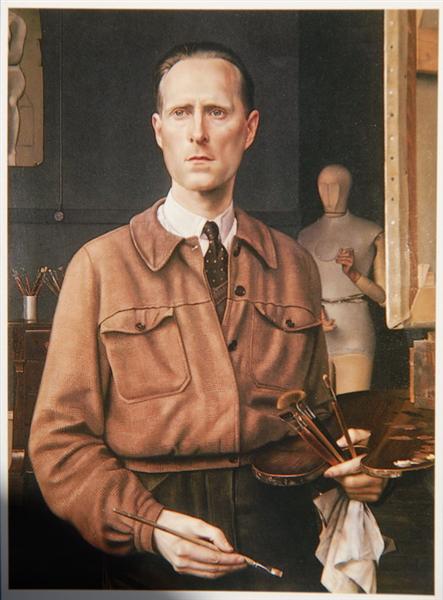Stately, enigmatic, cool, elegant and the world at a distance, Carel Willink (1900-1983) is the grand master of neorealism. From the age of thirty, his reputation as an incomparable painter grew. He painted abstractly until 1927 and then started painting realistically. Often with monumental columns, large statues and classically inspired environments as a background. The works are almost photographically detailed. Met often calls him a magical realist. He preferred to call himself a fantastic realist.
In addition to being a car dealer, his father was also an amateur painter and also encouraged Carel to take up painting. After he could not find his niche during his studies in architecture and medicine, Carel Willink left for Berlin to become a painter and study at the International Free Academy. He was touched by the expressionism of George Grosz. By experimenting with shadows and classical elements, Carel Willink developed his own style. Inspired by the Italian painter Giorgio de Chirico, he also painted deserted streets, squares and parks that became Willink's own 'trademark'. He studied Old Masters from the 16th and 17th centuries that he admired, such as Holbein and Vermeer.
Carel Willink brought modern times into his own universe with architectural sets and ominous sky landscapes. Not infrequently, a female nude or a portrait was placed in this environment as if it had always been there and yet did not fit. His use of color often has something dark to increase contrast and impact. He also combined eerie destroyed temples and ruined statues with zebras he had seen in Artis. He wanted to excel in precision and perfection, which is evident from the many elaborate details as if it were a photo, but in a fantastic world. It is his illusionistic virtuosity that often has an alienating effect.
Museum More Ruurlo has collected many of his works and that is more than worth a tour to the Achterhoek. The arrangement shows the development of a searching artist from a technically perfect, elegant and enigmatic oeuvre.








